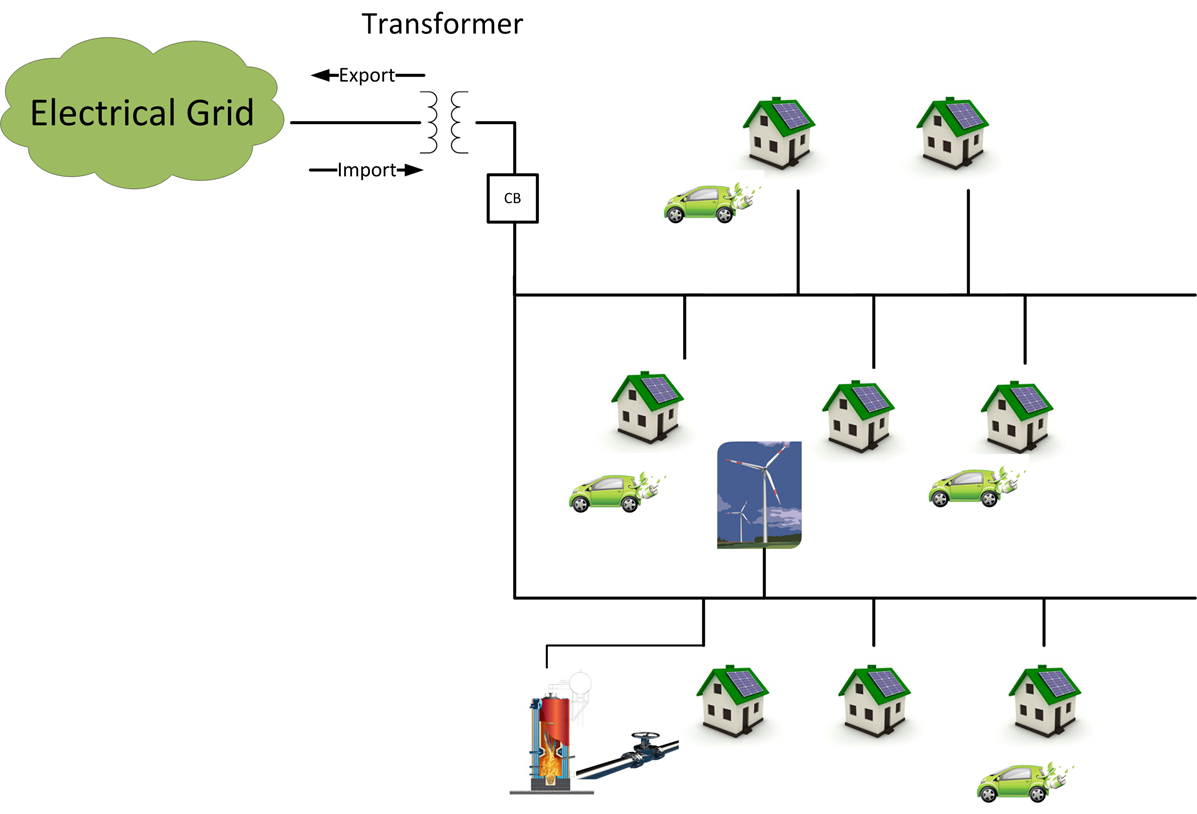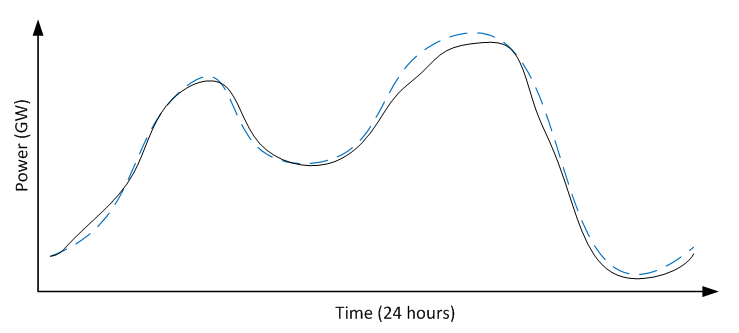A Hybrid Approach to Very Small-Scale Electrical Demand Forecasting
Electricity Load Forecast
Electricity load forecast is essential in large scale generator scheduling and is used at national and municipal level (millions/hundreds of thousands of households). It depends on previous usage patterns, weather, holidays, special events. It is often done using artificial neural networks, fuzzy logic, statistical regression or a combination of these. Most research is focused on load forcasting at a large scale (across the whole grid), where very good results are achieved: 1%-2% error.
Small-Scale Load Forecast
Forecasts on small scales are less accurate, with errors ranging from 5.15% up to 13.8%. These errors are most likely due to the heavier impact of single users, which results in more noise.
Applications at small scale require high accuracy when optimizing the energy usage, defining the autonomy period for a microgrid while in islanding mode, or enabling better use of the available renewable sources.
Our aim is to reach an improved level of accuracy in order to enable such applications at small-scale.
Hybrid Design
Evaluation
Initial results of each individual method over 24 hours, 30 days mean (230 houses case).
Forecasting over 3 consecutive days vs. real load.
Hybrid results after 4 weeks of training.
Conclusion
Better accuracy was obtained by the hybrid method when compared to each
individual method. The results of 2.39% normalized root mean square error suggests
our approach is a suitable forecasting method for microgrid
applications.
People
Andrei Marinescu, Colin Harris, Ivana Dusparic, Vinny Cahill, Siobhán Clarke





